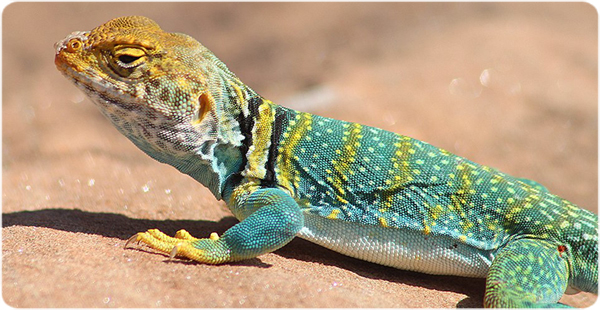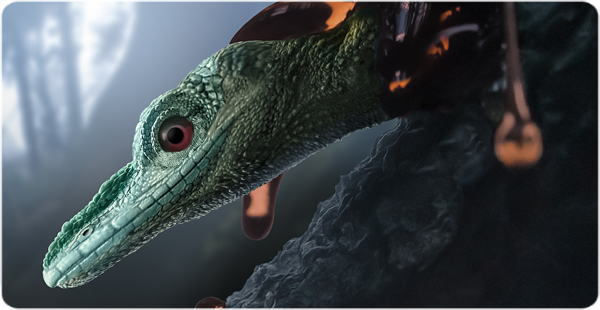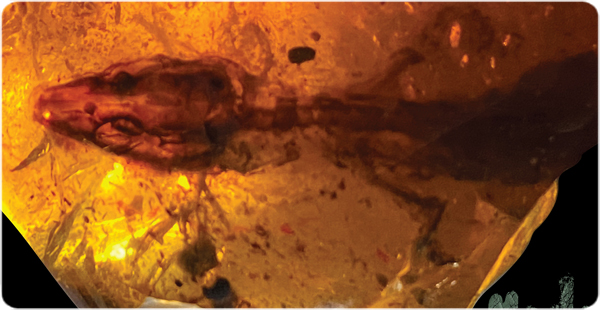 New research published today in eLife by researchers from the Institut Català de Paleontologia Miquel Crusafont (ICP) and the University of Bristol (UB) moves back the moment of the radiation of squamates ―the group of reptiles that includes lizards, snakes and worm lizards― to the Jurassic, a long time before current estimates.
New research published today in eLife by researchers from the Institut Català de Paleontologia Miquel Crusafont (ICP) and the University of Bristol (UB) moves back the moment of the radiation of squamates ―the group of reptiles that includes lizards, snakes and worm lizards― to the Jurassic, a long time before current estimates.
 Una nova investigació publicada avui a eLife per personal investigador de l'Institut Català de Paleontologia Miquel Crusafont (ICP) i la Universitat de Bristol (UB) endarrereix el moment de la radiació dels escatosos ―el grup de rèptils que inclou llangardaixos, serps i llangardaixos cucs― al Juràssic, molt abans de les estimacions fetes fins ara.
Una nova investigació publicada avui a eLife per personal investigador de l'Institut Català de Paleontologia Miquel Crusafont (ICP) i la Universitat de Bristol (UB) endarrereix el moment de la radiació dels escatosos ―el grup de rèptils que inclou llangardaixos, serps i llangardaixos cucs― al Juràssic, molt abans de les estimacions fetes fins ara.
 An international research team describes a new specimen of the mid-Cretaceous reptile genus Oculudentavis in an article published in Current Biology. Despite its bird-like appearance, comparative morphology and phylogenetic analyses prove that this genus was a lizard instead of a small avian dinosaur as it was thought when it was first described.
An international research team describes a new specimen of the mid-Cretaceous reptile genus Oculudentavis in an article published in Current Biology. Despite its bird-like appearance, comparative morphology and phylogenetic analyses prove that this genus was a lizard instead of a small avian dinosaur as it was thought when it was first described.
Un equip internacional de recerca descriu un nou espècimen del Cretaci del gènere de rèptils Oculudentavis. La morfologia comparativa i les anàlisi filogenètiques demostren que aquest gènere pertany a un llangardaix i no a un petit dinosaure avià, com es va creure quan es va descriure per primera vegada. La recerca ha estat publicada a la revista Current Biology.

A team of researchers from the Department of Geology at the Universitat Autònoma de Barcelona (UAB) and the Institut Català de Paleontologia Miquel Crusafont (ICP) recently published in PLOS ONE the description of a large set of tracks made by archosauromorphs, reptiles which later evolved into crocodiles and dinosaurs. Among the tracks, there is evidence of a new species, the Prorotodactylus mesaxonichnus, which corresponds to a reptile which lived in the Pyrenees some 247 to 248 million years ago, but which was not related to any dinosaur.







